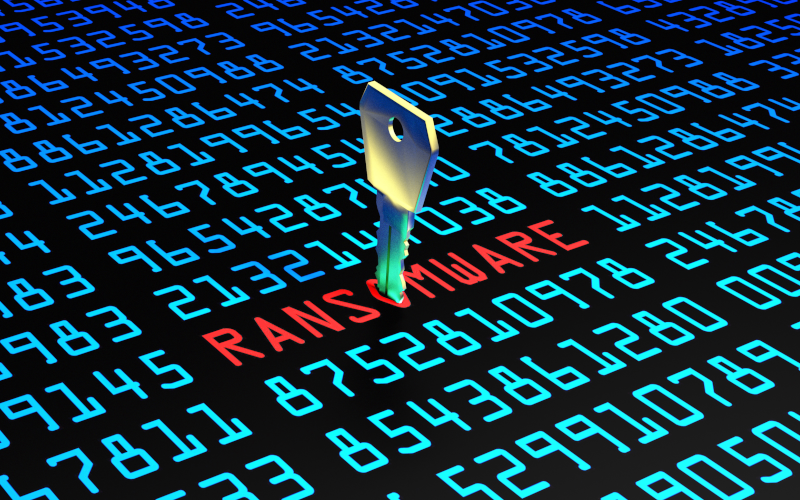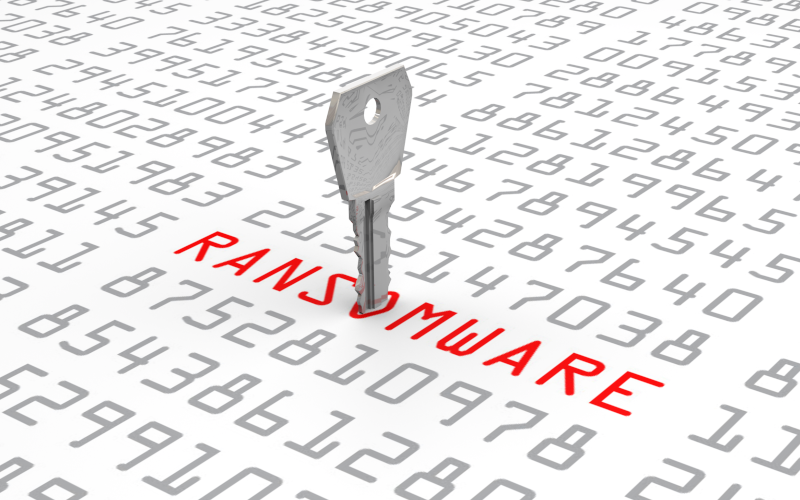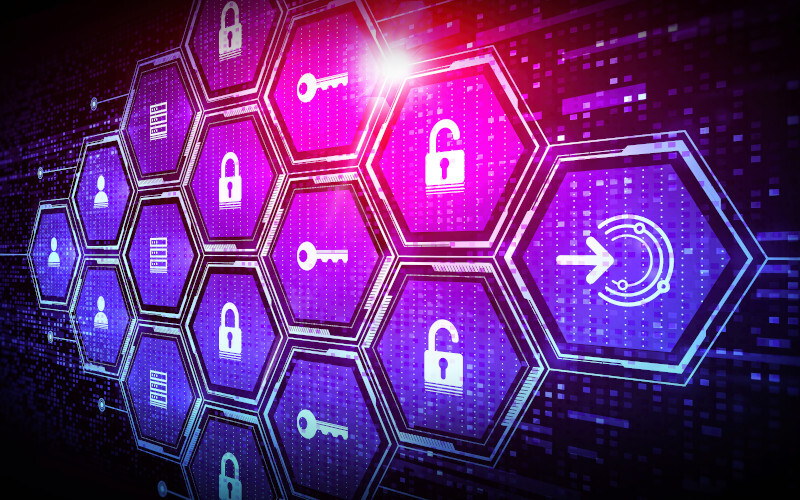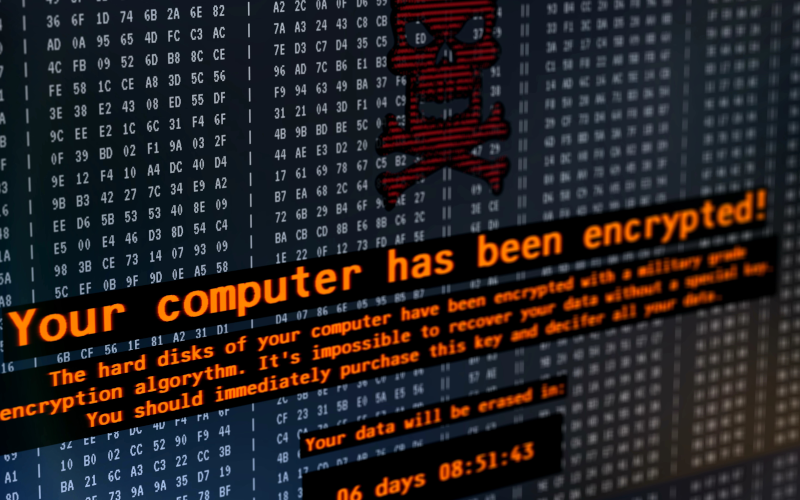
In the complex web of network infrastructure, the Internet Routing Registry (IRR) stands out as an essential component, playing an important role in the coordination and security of routing policies. Its benefits are significant in building a cyberspace free of spoofing-type attacks. Knowing how to create and maintain objects in the IRR is essential for operators of Internet infrastructures. This article presents its fundamental elements and the tools that help in its life cycle

Babuk Tortilla is a version of the original Babuk ransomware, which emerged after the leak of its source code, and which attracted attention in the cybersecurity landscape due to the intention of being deployed on vulnerable servers.
This article reviews its origin and operation, focusing on its modus operandi and the techniques used to breach the security of data and systems. It also provides key tools and recommendations to identify and neutralize its effect on technological infrastructures, providing users with the necessary knowledge to defend against this significant risk. Understanding how Babuk Tortilla works and its recovery mechanisms is vital.

Since its appearance in 2022, Black Basta has established itself as one of the most dangerous ransomwares in the current landscape, standing out for its ability to carry out double extortion attacks, stealing and encrypting data from its victims. Although it focuses on Windows systems, versions for Linux systems that attack ESXi hypervisors have also been discovered. At the end of December 2023, a renowned ethical hacking lab in Berlin published a decryption tool on GitHub to combat it. Although the group has recently updated its software to fix this flaw, the release of the decryption tool represents a major blow against its operations. In this article, we take a closer look at how this ransomware works, exploring the methods it employs to compromise the integrity of data and systems and presenting the decryption method for its vulnerable version.

LockBit ransomware has rapidly evolved to become one of the most prolific threats of our time. Its technical sophistication, evidenced by the development of tools, such as StealBit, for automated data exfiltration and its adaptation to attack Linux servers, specifically ESXi, demonstrate the advanced adaptability and potential impact on affected organizations.
In addition, the implementation of a ransomware-as-a-service (RaaS) model and double extortion tactics underscore the complexity and coercive nature of their campaigns. The response to this threat, however, has culminated in a collaborative law enforcement effort that has succeeded in dismantling LockBit's infrastructure, leading to the arrest and indictment of several of its operators. In this article we focus on the version of LockBit 3.0, presenting its main features and the current tools for recovering data in case it has been compromised.

Within the framework of RPKI security infrastructures, ROAs are crucial components in the defense of cyberspace, providing authentication and verification mechanisms for routes vital to the security of Internet routing. Despite its undeniable benefits, creating and maintaining ROA has its own set of challenges and considerations. This article explores the relevance of ROAs, examines their inherent challenges, and underscores the importance of secure implementation and management to strengthen Internet resilience.

The changing dynamics of the work environment and the increasing reliance on cloud-based solutions have catapulted Secure Access Service Edge (SASE) systems into the spotlight in the cybersecurity world, offering the possibility of integrating network security and access management into a cloud-based solution, offering flexibility and protection.
This article delves into the architecture and philosophy behind SASE, explaining how it redefines security and access in cloud systems.

The Resource Public Key Infrastructure (RPKI) is essential for Internet routing security, as it provides a method to securely connect IP addresses to autonomous systems (AS) by validating route information.
RPKI effectively prevents BGP Hijacking-type attacks, where potential attackers maliciously redirect Internet traffic. This article aims to explore the design, implementation, and benefits of using RPKI to ensure security and authenticity in Internet routing.

Ransomware, one of the top cybersecurity threats in today's landscape, allows criminals to hijack data and demand ransoms. Although there are various families and variants, some are especially destructive. These cybercriminals have refined their methods, using everything from complex extortion to bug bounty-type programs. In the face of these challenges, we will explore tools and strategies to recover from and defend against such attacks.

Managing and predicting vulnerabilities has become an essential task for cybersecurity. The Exploit Prediction Scoring System (EPSS) is a methodology launched in 2019, which uses algorithms and threat intelligence data to predict the likelihood of a specific vulnerability being exploited by threat actors in a short space of time.
In an environment where organizations are faced with an increasing number of vulnerabilities, EPSS effectively prioritizes responses to vulnerabilities based on their risk of exploitation. Through meticulous information collection and analysis, this system offers an efficient view of the threats affecting the business, allowing organizations to act proactively. This article focuses on understanding EPSS, how it improves security posture, and best practices for its implementation.

The Hive ransomware (especially in its v5 version) stands out for its sophistication, and for the impact caused to hundreds of companies and organizations worldwide, bypassing conventional defenses and challenging analysts with its advanced techniques.
In this article, we unravel its features, from its encryption methods to its anti-analysis countermeasures, illustrating not only the threat it poses, but also how it can be combated. Through a technical analysis, it is intended to empower readers with the knowledge necessary to understand and ultimately defend against these types of threats.



